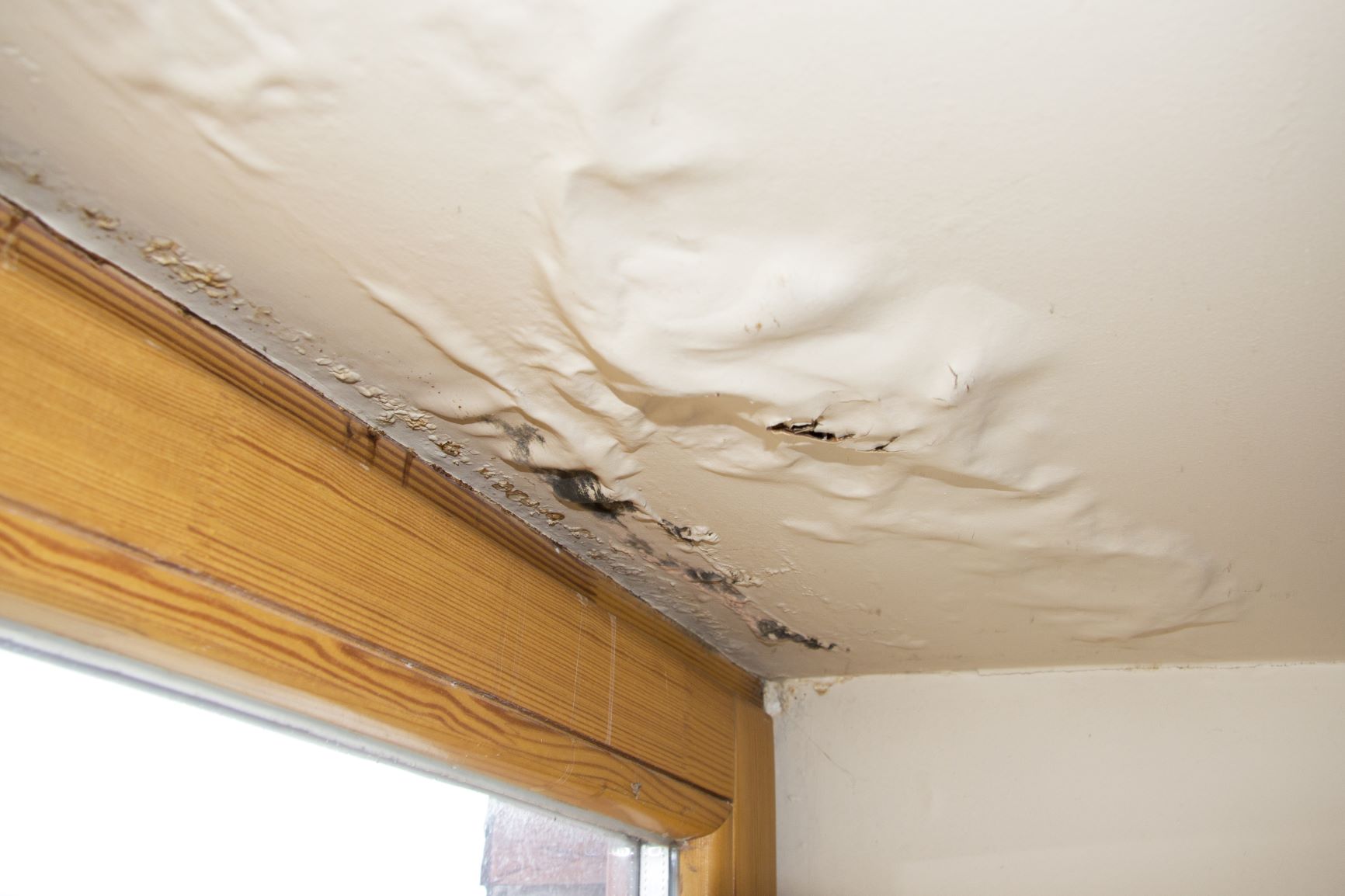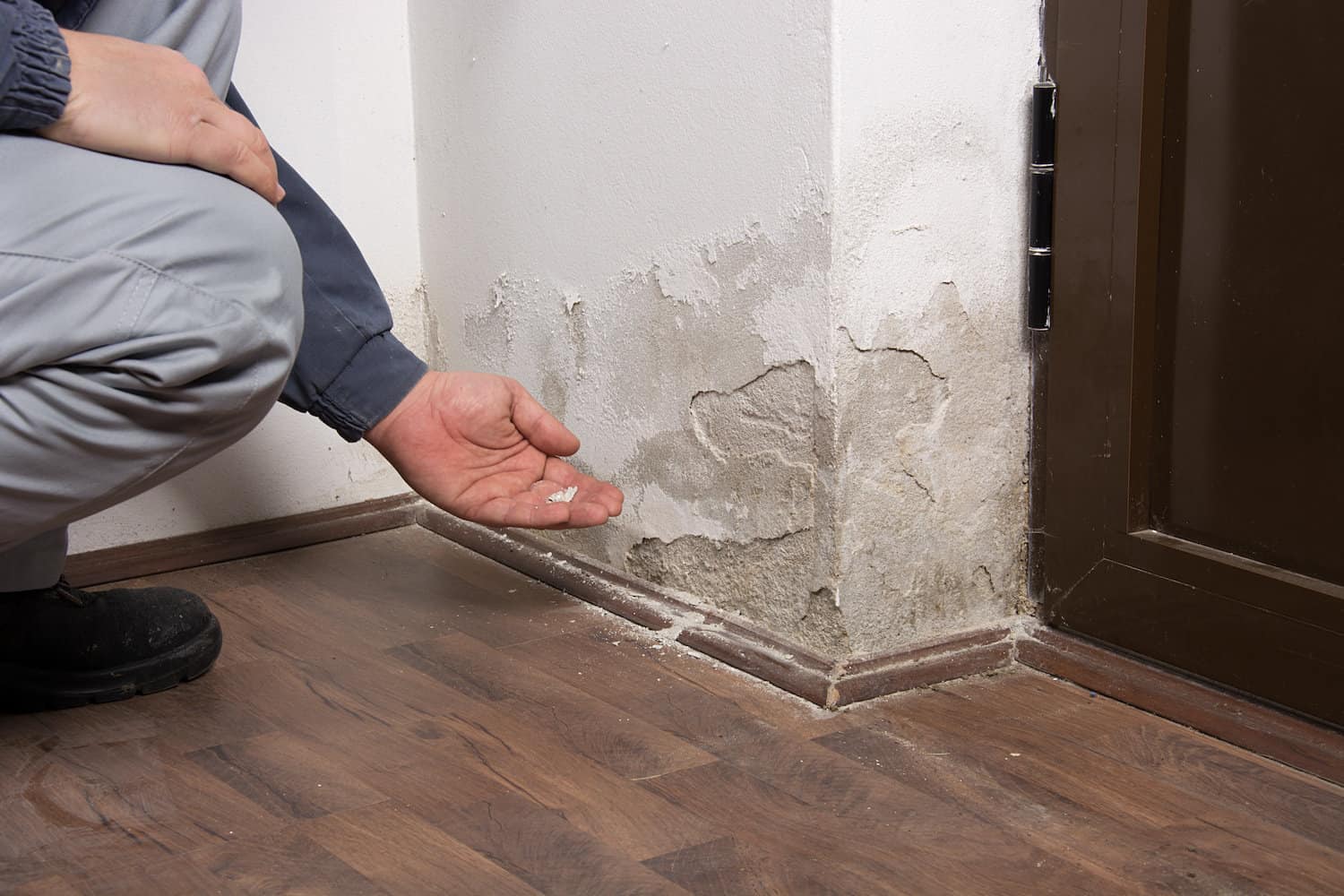Leading Water Mitigation Company Offering Fast and Efficient Solutions
Leading Water Mitigation Company Offering Fast and Efficient Solutions
Blog Article
The Process of Water Damage Cleanup: Ensuring Your Home Is Brought Back Efficiently
Water damage can be a complicated obstacle for home owners, demanding a structured and precise cleaning process to restore security and functionality. An extensive evaluation is crucial to determine the extent of the damage and establish the ideal removal measures. Following this, effective water extraction techniques play a critical role in minimizing more damage. The nuances of drying, sanitizing, and eventual repair are equally essential and frequently forgotten. Understanding these stages can make a substantial difference in the outcome of your home's remediation, prompting a closer take a look at what each step entails.
Evaluating the Damage
Upon finding water damage, the primary step is to thoroughly assess the degree of the effect. This preliminary analysis is important, as it helps determine the required actions for efficient cleaning and repair. Begin by examining the impacted areas, including walls, ceilings, floors, and individual items, to recognize the source of the water intrusion, whether from flooding, leaks, or condensation.
Recording the damage is important for both insurance coverage claims and preparing restoration efforts - damage restoration services. Usage photographs and composed notes to capture the intensity of the damage, noting any type of damaged architectural elements and products. Pay special interest to areas that may not be right away visible, such as behind wall surfaces and under carpetings, as hidden dampness can result in further complications, consisting of mold development
Furthermore, analyze the timeline of the water direct exposure. Inevitably, a detailed evaluation lays the foundation for a successful water damage clean-up procedure, ensuring that all affected areas are resolved efficiently and completely.
Water Removal Methods

Experts typically employ submersible pumps for bigger volumes of water, which can promptly alleviate flooding in cellars or other affected areas. For smaller amounts, wet/dry vacuum cleaners are often used to extract recurring dampness from carpetings and tough surface areas. In addition, using portable extractors permits for targeted removal in constrained areas or areas with fragile products.
In instances of infected water, such as sewage or floodwater, advanced removal techniques might entail the use of biohazard tools to ensure safety and conformity with health and wellness guidelines. High-powered removal tools are essential in minimizing water retention in architectural products, which can bring about mold development and structural wear and tear otherwise attended to promptly.
Inevitably, the efficiency of water removal strategies plays a pivotal role in the total success of the water damage clean-up process, laying the groundwork for subsequent restoration efforts.
Drying and Dehumidification
Once standing water has been successfully extracted, the following vital stage in the water damages cleanup process is drying and dehumidification. This action is important to stop more damages and mold and mildew growth, which can occur within 24 to 2 days in wet environments.
To attain effective drying, specific devices such as industrial-grade air movers and dehumidifiers is utilized. Air moving companies flow air throughout damp surfaces, improving evaporation prices, while dehumidifiers decrease moisture levels in the air, promoting a favorable environment for drying. The combination of these devices guarantees that moisture is extracted from wall surfaces, floors, and home furnishings, permitting them to completely dry extensively.
It is necessary to monitor the drying out procedure carefully. Specialists typically make use of wetness meters to evaluate the dampness content in different materials, making certain that all affected locations get to appropriate dry skin levels. This meticulous strategy aids to avoid surprise moisture pockets that could result in structural damages or unhealthy mold and mildew growth.

Cleaning and Sterilizing
After the drying and dehumidification phase is total, the following essential action in water damage cleaning is cleansing and sterilizing the influenced areas. This procedure is essential to protect against the development of mold, bacteria, and various other virus that grow in damp settings.
The cleansing stage normally entails getting rid of any type of debris, dust, and pollutants from surface areas using specialized cleaning up representatives. For hard surface areas, a mix of soap and water or commercial cleansing products is commonly utilized. Soft products, such as furniture and carpetings, might require extra extensive cleansing techniques, including steam cleansing or deep extraction strategies, to ensure detailed sanitation.

Sterilizing complies with cleaning, using EPA-approved anti-bacterials to get rid of harmful bacteria. This action is vital, particularly in areas that might have entered contact with floodwaters or sewage, as these sources can present significant wellness risks.
Furthermore, it is essential to attend to any staying odors, which might call for the usage of smell neutralizers or advanced techniques like ozone treatment. Appropriate cleansing and sterilizing not just restore the security and health of your home yet also lay the foundation for effective restoration and repair work in succeeding phases of the water damage clean-up procedure.
Reconstruction and Fixings

As soon as the evaluation is total, remediation efforts can begin. Additionally, floor covering may require similar focus, depending on the level of water direct exposure.
It is vital to involve knowledgeable restoration specialists during this process, as they have the competence to deal with intricate repair work properly. They can assist mitigate potential future concerns, such as mold growth or structural instability, hence making certain a habitable and risk-free living setting. Eventually, effective repair and fixings recover the home's honesty and enhance its overall value.
Final Thought
To conclude, the procedure of water damages clean-up is vital for restoring a home to its pre-damage problem. Each stage, from examining the damages to implementing reliable water removal methods, followed by comprehensive drying out, sanitizing, and required repair work, plays an essential duty in guaranteeing safety and security and conformity with building standards. Efficient execution of these actions not just mitigates instant damages however additionally boosts the long-term honesty and value of the building.
Water damage can be a complicated obstacle for house owners, necessitating a precise and organized clean-up procedure to recover safety visit and security and functionality. Inevitably, a thorough evaluation lays the groundwork for a successful water damage cleanup procedure, ensuring that all impacted areas are attended to properly and completely.
Reliable water extraction techniques are essential in alleviating damages and preventing additional complications adhering to click to find out more a water invasion occasion.In conclusion, the procedure of water damages cleaning is important for bring back a home to its pre-damage problem. Each stage, from assessing the damages to applying reliable water removal strategies, complied with by comprehensive drying, sterilizing, and needed repair work, plays an essential role in guaranteeing safety and security and compliance with structure criteria.
Report this page